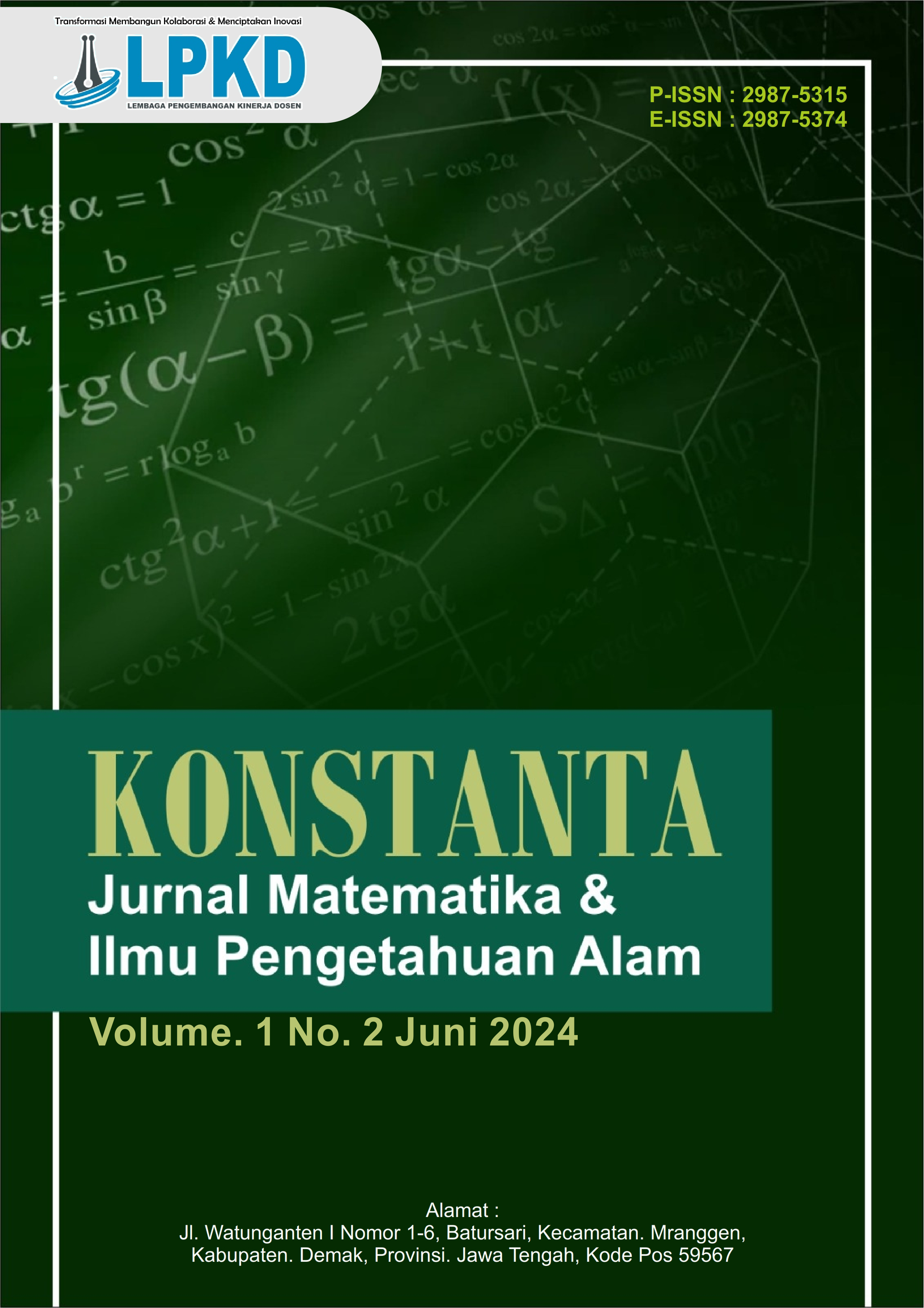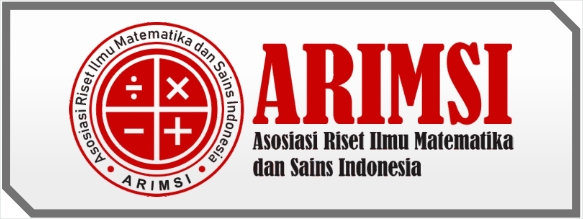Pengaruh Metode Thinking Aloud Pair Problem Solving (TAPPS) Terhadap Kemampuan Komunikasi Matematis Siswa SMP Ikhlasiyah Palembang
DOI:
https://doi.org/10.59581/konstanta-widyakarya.v1i2.813Keywords:
Thinking Aloud Pair Problem Solving (TAPPS), Students’ Mathematical Communication AbilityAbstract
This study aims to determine the effect of the Thinking Aloud Pair Problem Solving (TAPPS) method on students' mathematical communication abilities. The type of research used is a Quasi-Experimental type (pseudo-experimental) and uses the True Experimental Design research design with the Posttest-Only Controll form. The research was conducted at SMP Ikhlasiyah Palembang with a population of all students of class VII consisting of 2 classes. The sample were taken from all members of all population so that class VII.1 as the experimental class was given treatment, namely the Thinking Aloud Pair Problem Solving (TAPPS) method and class VII.2 as the control class which was not given treatment, namely the conventional method. Research data was collected through tests. Based on the analysis of the test results, it shows that the students' mathematical communication skills in the experimental class are higher than those in the control class. This means that the class that was treated with the TAPPS method affected students' mathematical communication skills. Statistical calculations obtained from the test results yield tcount = 2.944 and ttable = 2.013, so that tcount > ttable which causes H0 to be rejected and H1 to be accepted. Thus, it can be concluded that there is an influence of the Thinking Aloud Pair Problem Solving (TAPPS) method on the mathematical communication abilities of class VII students of SMP Ikhlasiyah Palembang.
References
Depdiknas. (2006). Peraturan Menteri Pendidikan Nasional Republik Indonesia Nomoe 22 Tahun 2006 Tentang Standar Isi untuk Satuan Pedidikan Dasar dan Menengah.
Elizabeth, B. E. (2010). Student Engagement Techniques: A Hanbook for. San Fransisco: First Eixtion.
Jatmiko, M. A. (2014). Pengaruh Metode TAPPS terhadap Kemampuan Komunikasi Matematik Siswa. Jakarta: UIN Syarif Hidayatullah.
Jonassen, David H. (2015). Learning to Solve An Instrutional Design Guide. San Fransisco: Pfeiffer.
Lochhead, A. W. (1999). Problem Solving & Comprehension. London: Lawrence Erlbaum Associates.
Moschkovich, J., Wagner, D., Bose, A., Mendes, J. R., & dan Schütte, M. (2017). Topic Study Group No. 31: Language and Communication in Mathematics Education. Hamburg: Springer Open.
NCTM. (2000). Prinsiples and Standards for School Mathematics. Reston: NCTM.
Qohar, A. (2013). Pengembangan Instrumen Komunikasi Matematis untuk Siswa SMP. Lomba dan Seminar Matematika.
Ramellan, P., Musdi, E., & Armiati. (2012). Kemamapuan Komunikasi Matematis dan Pembelajaran Interaktif. Jurnal Pendidikan Matematika, 1(1), 77-82.
Sutawidjaja, A., & Afgani, D. J. (2011). Pembelajaran Matematika. Jakarta: Universitas Terbuka.













